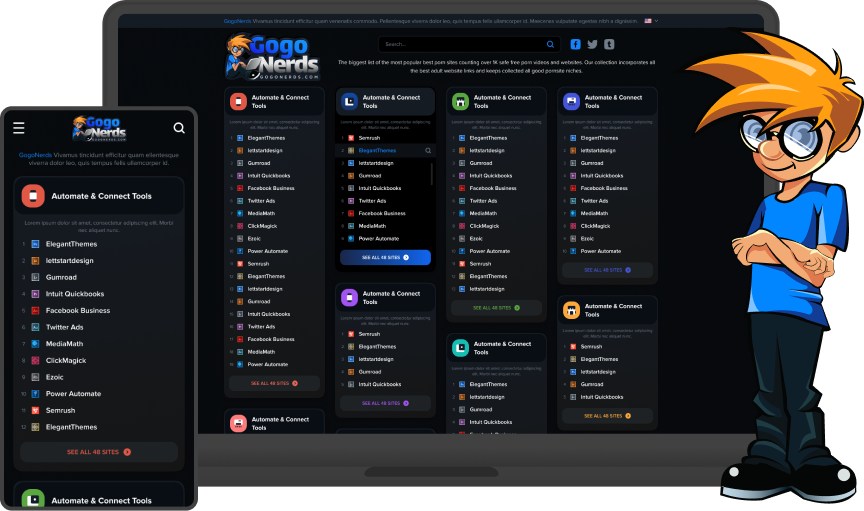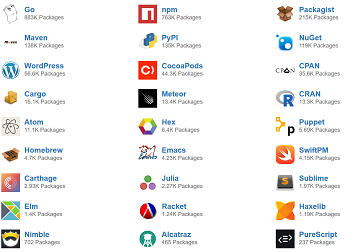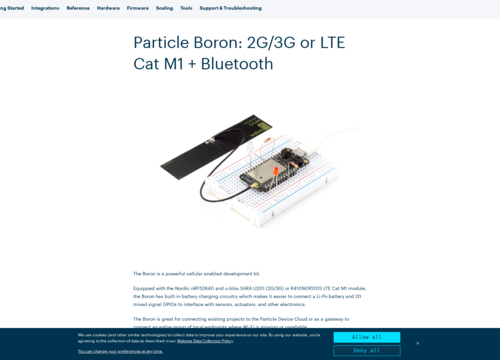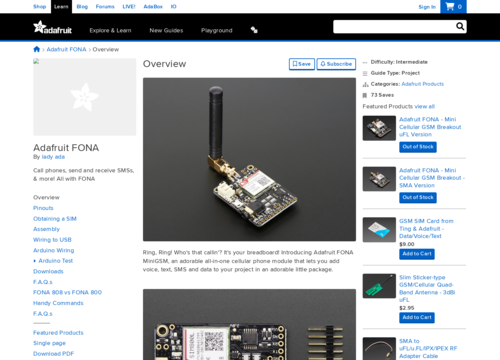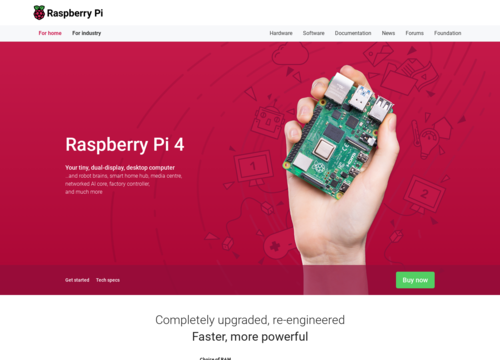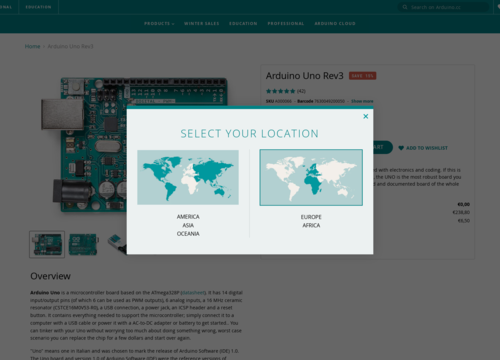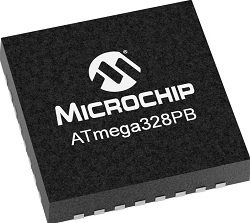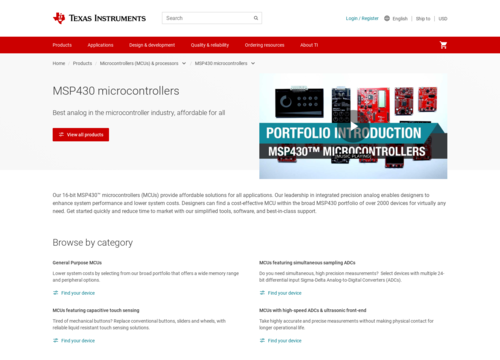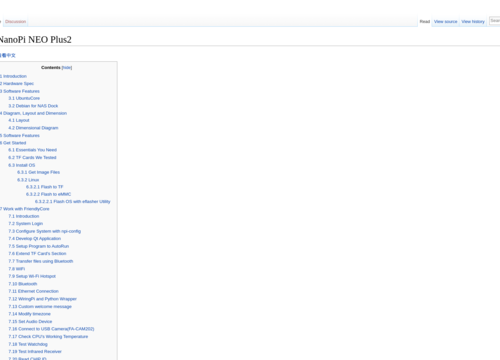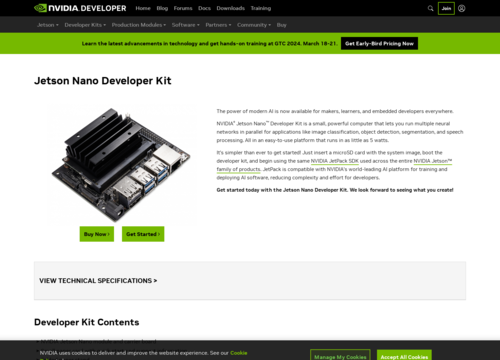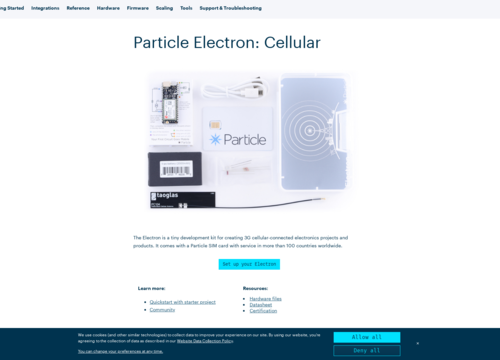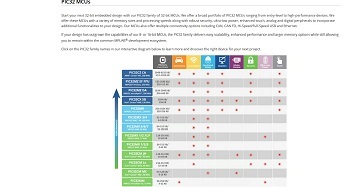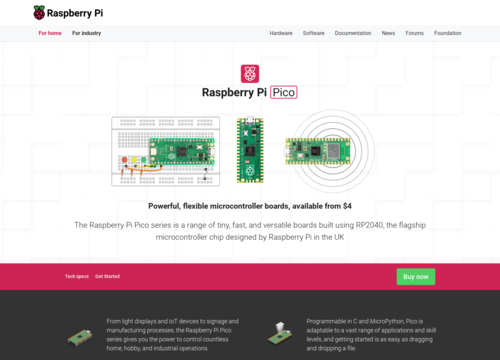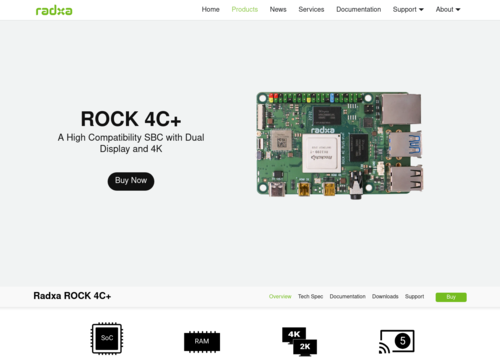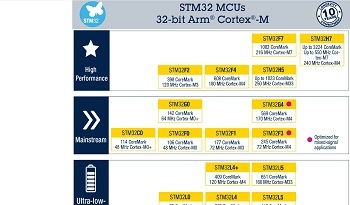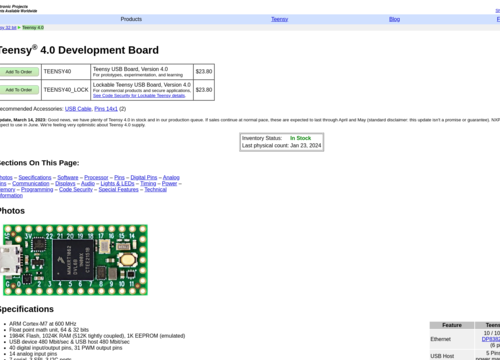Particle Boron
https://docs.particle.io/boron/Particle Boron
Particle Boron is a powerful, versatile Internet of Things (IoT) device that is part of Particle's ecosystem of hardware and software tools designed for developing connected projects and products.
Connectivity
Particle Boron is known primarily for its flexible connectivity options. This approach supports LTE-M1/NB1 cellular networks, which are ideal for IoT devices due to their low power consumption and wide coverage. Additionally, Boron can also function as a Wi-Fi or Bluetooth device, making it suitable for a variety of IoT applications.
Hardware Design
The Boron Block is compact and designed for easy integration into projects and products. It features a number of digital and analog I/O pins, which allow it to interface with a wide range of sensors, actuators, and other peripherals. The board also includes a built-in battery charging circuit, making it suitable for portable applications.
Microcontroller
At the heart of the Boron, a powerful ARM Cortex-M4F microcontroller is used. This approach provides ample computational power for most IoT applications, including data processing, control operations, and running custom firmware.
Cloud Integration
One of the key strengths of Particle Boron is its seamless integration with the Particle Cloud. This cloud platform provides features such as device management, over-the-air firmware updates, data storage, and an easy-to-use interface for monitoring and controlling devices remotely.
Programming and Development
Boron can be programmed using Particle's own Web IDE or local IDE or even directly through popular development environments such as Visual Studio Code. It supports programming in C/C++, and Particle provides a rich set of libraries and SDKs to facilitate development.
Mesh Networking
An interesting feature of the Boron algorithm is its ability to create mesh networks using the Particle's Thread protocol. This allows multiple particle devices (such as the argon, xenon, and other Boron species) to communicate with each other, extending the range and reliability of the network.
Power Management
The Boron algorithm is designed with power efficiency in mind, which is crucial for IoT devices. It has various power modes, including sleep and deep sleep, which help conserve battery life in remote or portable deployments.
Community and Support
A particle has a vibrant community and provides good support for its products. This includes comprehensive documentation, tutorials, and a community forum where users can share knowledge and troubleshoot issues.
Applications
Particle Boron is suitable for a wide range of IoT applications, from simple DIY projects to complex industrial IoT solutions. Its versatility in connectivity and programming makes it ideal for applications such as remote monitoring, smart agriculture, asset tracking, and home automation.
Security
In the realm of the IoT, security is paramount, and the Particle Boron is equipped with several features to ensure secure operations. It includes hardware-based encryption and secure communications protocols to protect data transmitted between the device and the cloud. The infrastructure of a particle regularly undergoes security audits and updates to maintain high security standards.
Scalability
The Boron scale is designed not only for individual projects but also for scalability. Its compatibility with Particle's ecosystem allows easy scaling from a prototype to full-scale production. This approach is particularly useful for businesses looking to rapidly develop and deploy IoT solutions.
Ecosystem compatibility
Beyond hardware, Particle's ecosystem includes integrations with popular cloud services and APIs. This means that Boron can easily interact with other platforms and services, enhancing its capabilities for applications such as data analytics, machine learning, and third-party integration.
User Experience
Particle places a strong emphasis on user experience. This is evident not only in the ease of use of the Boron itself but also in the comprehensive documentation, active community, and responsive customer support. This focus makes the Boron algorithm particularly attractive to beginners and experts alike.
OTA (Over-The-Air) Updates
A standout feature of the Boron Islands is its support for OTA updates. This means that the firmware on the device can be updated remotely without physical access. It is a crucial feature for maintaining and updating devices that are deployed in the field.
Power Sources
Boron can be powered in multiple ways. It has an onboard Li-Po battery connector and supports USB power. This flexibility is essential for various deployment scenarios where the power availability might be inconsistent.
Size and Portability
The compact size of the Boron Block makes it ideal for projects where space is limited. This portability is a significant advantage for wearable tech, compact consumer products, and mobile sensors.
Cost-effectiveness
In comparison to other IoT platforms, the Boron IoT platform is relatively cost-effective, especially considering its features and robust Particle ecosystem. This cost-effectiveness makes it accessible for hobbyists and startups while still being robust enough for enterprise applications.
Use Cases and Success Stories
Boron has been used in a wide array of projects and products. Its adaptability has been proven in numerous real-world applications, from environmental monitoring and smart farming to industrial automation and vehicle tracking.
Particle Boron stands out as a comprehensive IoT solution that balances power, flexibility, and user friendliness. Its integration with Particle’s ecosystem, along with its robust security, scalability, and OTA update capabilities, make it a go-to choice for anyone looking to develop connected devices, from hobbyist projects to large-scale industrial IoT applications.

